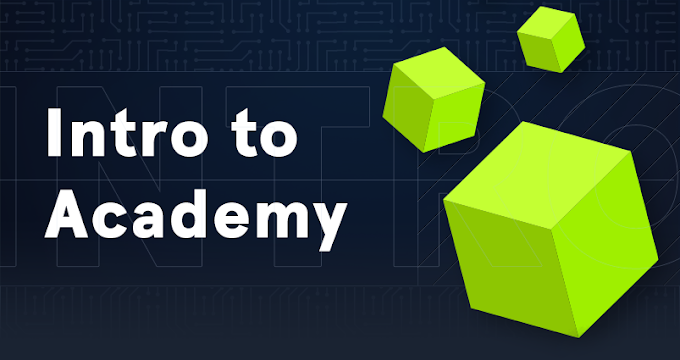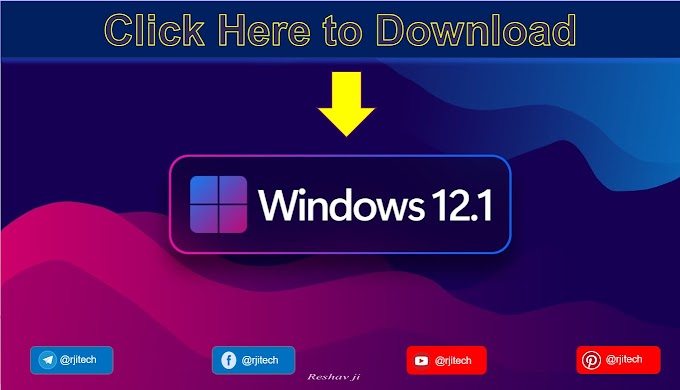An important aspect to be considered in the learning process is progress. In order to see our progress, two specific states are compared, including a specific time window between the learning process. In other words, we compare our knowledge from the past with the present and try to keep track of the progress to give ourselves the confirmation that we have achieved something new.
When the point comes where we cannot give ourselves the confirmation, we look for it from others. However, no one else will be able to give us confirmation without taking the path together with us. To make it clear, let us return to the example of the mountains.
Now let us suppose that you have gone down the mountain and have a very long and arduous way behind you. You have already passed a few stops and towns, and now after a couple of weeks, you meet another person whom you ask if you have already performed well.
This person will never be able to tell us if our performance was good or bad without having walked the path together with us. Metaphorically speaking, even if this person has already gone the same way, all the factors cannot have been the same, such as rain, thunderstorms, heat, wind, etc.
People who have been on the road for years will know how exhausting it can be and what hurdles they have to overcome. We only gain height by going uphill. Going uphill is always exhausting, and we may slip and slide a little bit down again. What is essential here is to keep moving constantly. How fast we want to reach a defined height depends entirely on our ambition. Whether we only take one step a day or ten steps a day only plays a role in the duration.
The difference here is easy to see. If you stop on the mountain and do not climb any further up, you will stay on the same spot. Look at the following mathematical example to see the difference in numbers:
(1.00)365 = 1.00
(1.01)365 = 37.7
Here we can already see the enormous difference, how much it makes, even if we only increase our performance by 1% per day. If we want to record our progress and write it down to look back and see how far we have already gone, you can create two lists.
List No. 1
On the first list, you write down the current date and everything you know about your desired topic with all your skills with an estimated scale of 1-10. Try to make it as detailed as possible. The more detailed it is, the clearer the difference will be for you to see later. As soon as you think this list is ready, put it down or save it in a way that you will have access to it even after one year.
List No. 2
The second list is written continuously. This means that as soon as you have familiarized yourself with a topic and you have learned something new for yourself, you will add it to this list. Try to learn every day, even if it takes only 10 minutes. If you want to do it more scientifically to get even better results, document the calendar weeks.
We will be amazed to see the progress we have made during this time. Above all, it will become evident to us why no one else but ourselves can tell if we have made good progress.







.gif)
